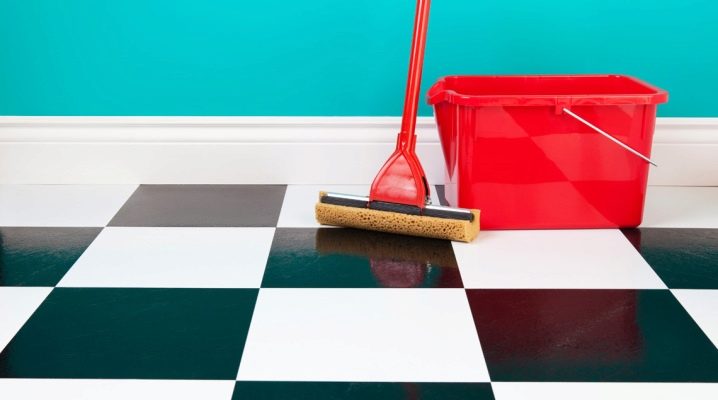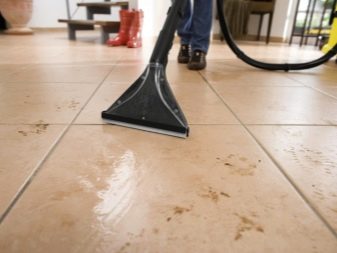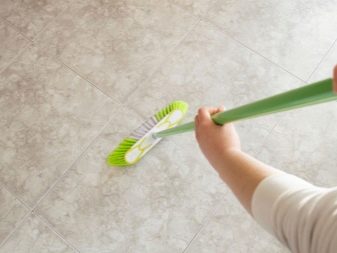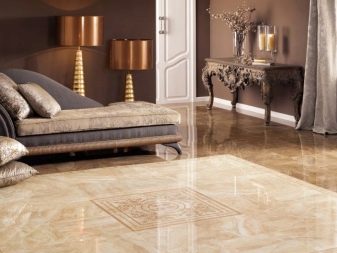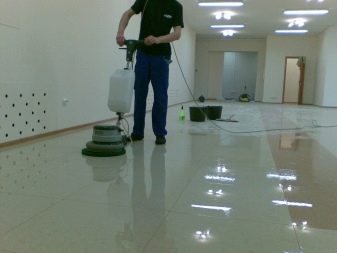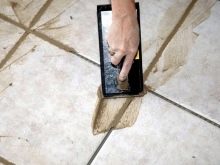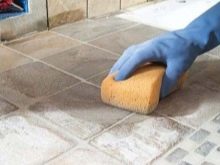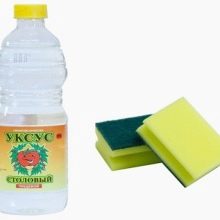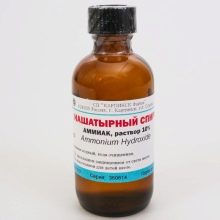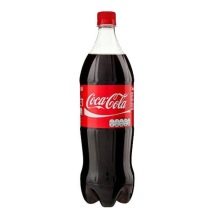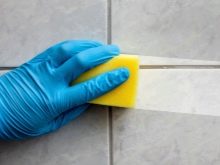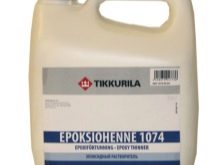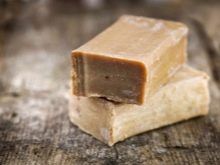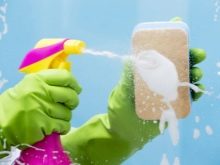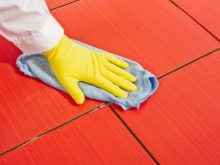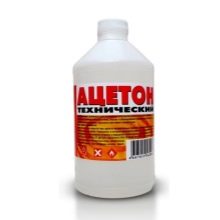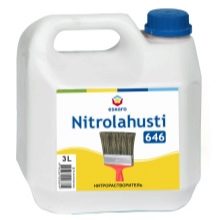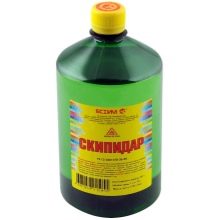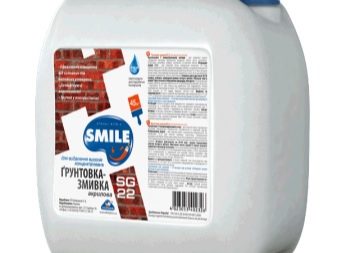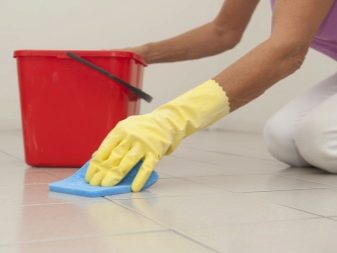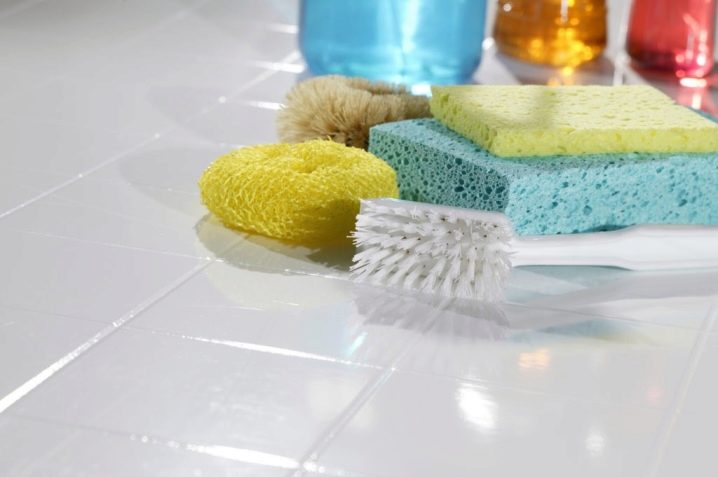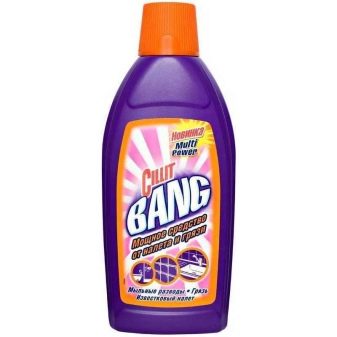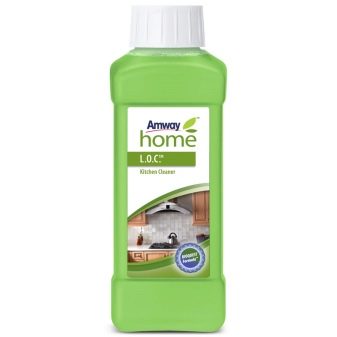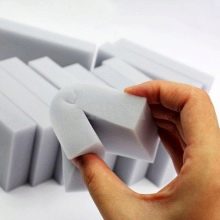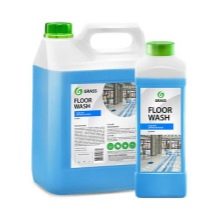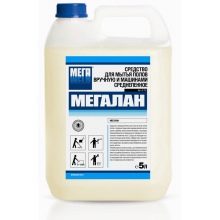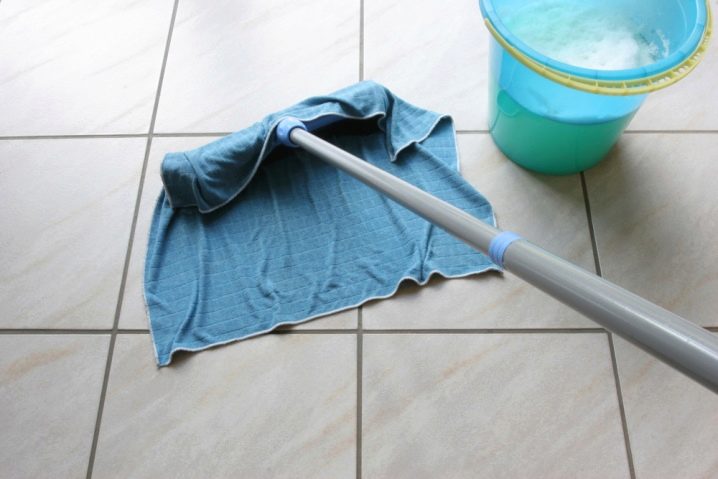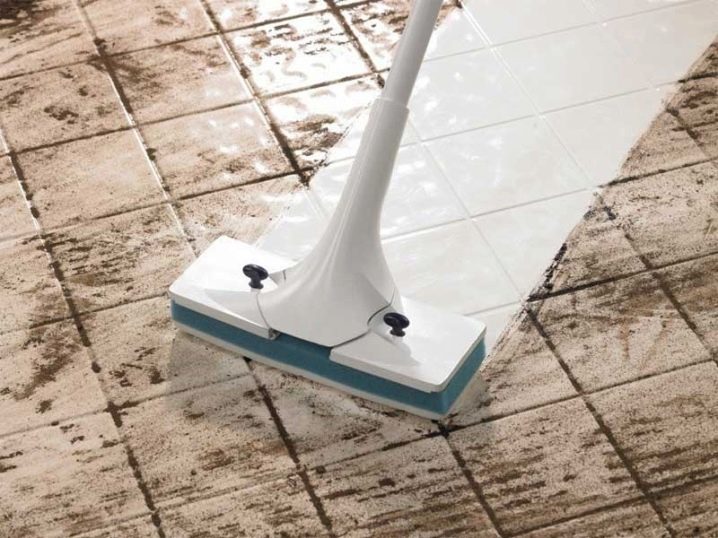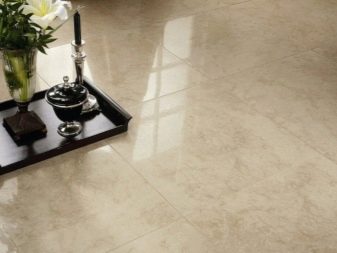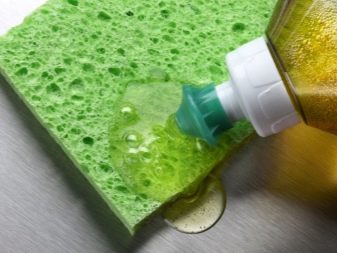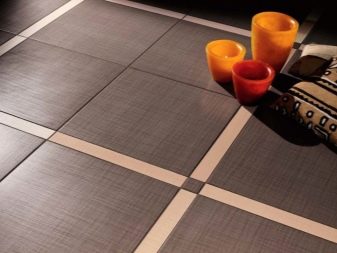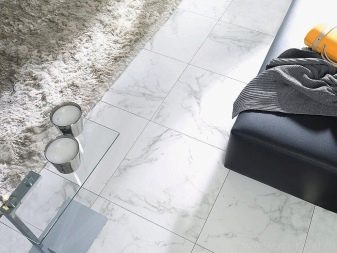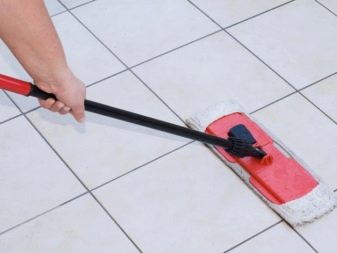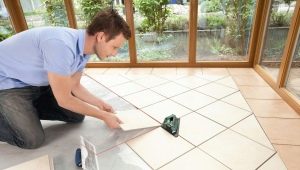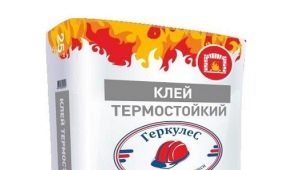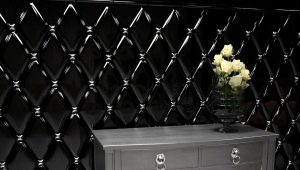How to wash the tiles on the floor after the repair?
Upon completion of the repair in the apartment, you can breathe with relief - so it seems to many, but this is not quite true. No less important and troublesome is cleaning and cleaning the premises after repairs, but many do not know how to clean the primer from the tile on the floor. This will be discussed in our article.
Surface features
To eliminate all contamination from the tile on the floor, you need to take into account some of the nuances and features. Firstly, you need to choose the right detergents, secondly, you need to take into account the type of surface to be cleaned, and thirdly, you should wash and clean in a timely manner, then there will be no difficulties.
The first thing to do is to remove dust from the tile with a brush or vacuum cleaner.. This should be done immediately, because the tile absorbs moisture very quickly, and with it all the dirt.This is the preparation of a new tiled floor for thorough wet cleaning.
With particular trepidation, flooring buyers use ceramic-granite tiles, which are very resistant to both mechanical and chemical damage, but it is not so easy to care for them. When cleaning such a coating It is strictly forbidden to wash the surface using abrasive cleaners and brushes with abrasive surfaces.
In order for the floor, lined with ceramic granite, to last for a long time, it should be periodically covered with protective agents based on natural waxes.
Types of pollution
Ideal cleaning of a tile floor after repair depends on the correct determination of the type of pollution.
Even if during the repair all preventive measures were taken to prevent tile pollution on the floor, floor washing is inevitable. Among the most common types of pollution include the following:
- traces of glue;
- cement mortar;
- trail grout;
- primer;
- putty, whitewash, plaster;
- paint (acrylic, oil, emulsion);
- foam assembly;
- sealant;
- resin, wax.
Glue or its minor traces can be washed with a solution that includes water and vinegar or water and ammonia. The contaminated surface is moistened with plenty of solution, and then cleaned with a brush or scraper, but it is best to remove glue residue from the tile with a wet foam sponge during repair.
If all attempts to clean the glue stains failed, then you can try a difficult but effective method - remove the tile and soak it in a previously prepared solution - sugar and water, you can also use the Coca-Cola carbonated drink.
Cement, grout, plaster can be washed with plain water if stains are fresh. In the case of epoxy grout, a special epoxy solvent should be used. Often to remove dirt from cement use cleaners for washing the toilet.
As for the grout, with this type of pollution will have to blink his head, because it is eliminated simultaneously by two methods - chemical and mechanical. The chemical method involves the use of special tools based on acids, and mechanical - the use of a stationery knife or sandpaper.
Putty and construction dust can be easily removed with a solution based on ordinary soap or some kind of glass cleaner.
In order to avoid stains on the floor, you need to frequently change the water and wash the surface many times.
Silicone sealant or paint can be simply cleaned from the tile or you can resort to using acetone solvent.
Pitch or wax which appeared on a tile can be eliminated by means of a nitrosolvent. Acetone or turpentine also helps in this case.
The primer is removed with special acetone-based solvents, and then the tiles must be well cleaned with a scraper or brush. Also in the shops you can buy a special remover, you can use the vinegar essence. The primer mixture is very adhesive, and therefore it is better to remove it immediately, because then you have to work hard to remove it.
If, nevertheless, the primer was able to dry out on a tile, then it should be moistened with liquid and covered with a damp cloth and left for a few minutes.
First, the assembly foam is carefully cut with a knife, and the remnants, having previously soaked them with water or acetone, are wiped with a sponge or a stiff brush.
How to choose the best tool?
The tile on the floor will sparkle clean after washing only if the proper means is used to clean it. When choosing a detergent and cleaning agent, you must consider all the nuances of the finishing material:
- tile composition;
- type of tile surface (matte, glossy);
- the kind of pollution and how old the stains are.
There are also universal detergents for washing tiles. The most common and famous are:
- "Silit". Perfectly eliminates many types of pollution on ceramic surfaces and is suitable for use in any premises.
- "Cinderella". Inexpensive tool that can easily eliminate stains on the tile after the main wash.
- "Selena". Universal tool, suitable for the final stage of cleaning surfaces.
- Amway. An expensive tool that can handle almost all types of pollution.
- "Mister proper". Universal detergent that can be used in the bathroom, in the kitchen. Perfectly copes with light pollution of the floor of porcelain.
An innovative tool in the fight against various types of floor tile pollution is melamine sponge.
PVC tile after repair is better to wash with special means, and not universal.These include funds based on alkaline and acidic components.
Whatever tool is chosen, it should be tested on a small part of the tile. If it does not harm the floor, then you can start washing the floor.
How to clean?
Cleaning the floor tile after repair work is not difficult if you follow certain rules.
Ceramic tiles can have a polished, semi-polished and unpolished surface. Also, the surface can be embossed and glazed. Each of the surfaces may react differently to the chemical composition of the product. Even with the most carefully carried out repairs the floor will still have to be washed.
Some ways to clean a tile floor after repair with the help of available tools:
- We apply a toilet cleaner to the contaminated areas of the tile. This should be done in several stages until the desired result is achieved.
- Cover mud stains with salt and moisten with plain water.
- Apply 5% hydrochloric acid to dirty areas.
- Spray stains with glass cleaner.
- Dip the dirtiest areas on the floor with a dental powder, then sprinkle with water and clean everything using a stiff brush.
- An aqueous solution with the addition of ammonia (1 liter of water + 1 tbsp. L. Alcohol).Spray gently over the tile and after a while thoroughly wash it with clean water.
If the available tools do not cope with contamination, then cleaning should be done by special means.
A ceramic granite tile remains a problem for many, since it is problematic to wash it in such a way that after full drying does not appear stains. In order for such a floor to be without divorce, it is worth trying a high-quality detergent for bathrooms. First, we soak the floor with an agent, and then thoroughly wash it with clean water.
Glossy
Glossy tiles require special care. If we talk about artisanal ways to clean the floor, you can use chalk and plain paper. The paper is rubbed with chalk and the polluted areas of the tile are cleaned with it.
Clear glossy tiles can be easily, using the usual means for washing windows and mirrors, the main thing that this tool was in the form of a gel or paste, but not powderedotherwise the surface may be damaged.
So that the surface of the floor glistened after cleaning, it can be treated with a special agent, which is a lot in the stores, or you can use ordinary vinegar.
Matte finish
Floor tiles with a matte surface should be cleaned with products that do not contain organic fats and acids. This is due to the fact that the surface of such a floor covering has a rough structure, and acids and fats can destroy it, thus reducing the life of the coating.
There are no special detergents for a tile with a matte surface, but there are a number of ways to clean it from all sorts of contaminants, including stubborn dirt:
- Soap solution. After processing it is necessary to rinse the floor several times with water and wipe dry with a microfiber cloth.
- Melamine sponge, which you can carefully remove strong dirt from the matte surface of the floor without scratching it.
- Aqueous solution with the addition of ammonia. Apply, withstand 10-15 minutes and wipe with a clean towel or napkin.
Sometimes, regular felt is used to eliminate stains and soap stains, but it is very effective for cleaning light-colored tiles. An indispensable tool for matte tiles is mastic.
White
White floor tiles with various kinds of dirt is a problem that requires immediate solution, since after a time, it is quite difficult to scrub white tiles. For white tiles on the floor need a systematic care.
At home, when contaminated white tile you can use regular chlorine. Clean the floor with bleach is not difficult. It's enough to buy a stiff brush with a long handle.
If you need to wash the white tile on the floor after the repair, then it is useful to use kerosene, and then thoroughly rinse and wipe.
Care Tips
Tiled flooring is much easier to maintain than parquet or laminate, but you still need to take care of it, and regularly, otherwise stubborn dust and dirt can spoil the look of the coating.
If the contamination is large and strong and cannot be removed at all, and all home cleaning methods have been tried, then household chemicals should be used for floor covering. Choose it to a specific surface and use strictly according to the instructions.
Caring for floor tiles includes the maintenance of tile joints, the use of prophylactic agents, and the use of protective equipment for tiled floors.
See the following video for the correct way to wash porcelain tiles after repairs and in everyday life.
